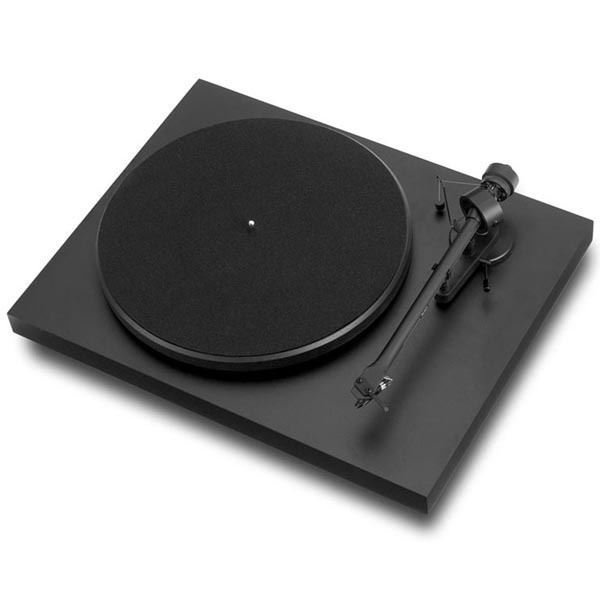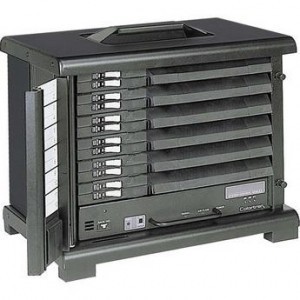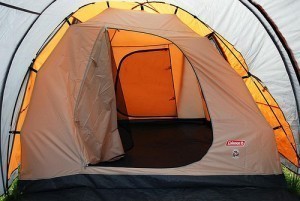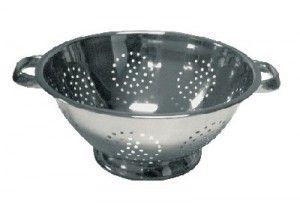How Big is an Internal Frame Backpack?
Internal frame backpack sizes are measured by cubic inch or liter capacity. Small to medium packs have capacities of 3400 cubic inches or around 40 to 55 liters.
Capacities and Sizes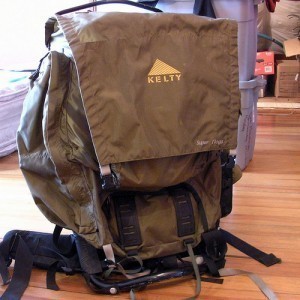
The 3000 cubic inch capacity and below are good for over-nighters and day hikes. These are best used with little gear and in warm weather. The 4000 cubic inch packs are best for 2-night trips. If you are hiking for three days you cannot afford to get anything less than a 4000 cubic inch pack.
If you are hiking for a week, you should get packs in the range of 5000-6000. The packs over 6000 cubic inch are for hikes that last longer than a week. However, you should be wary of carrying too big a pack. These can get heavy and can take its toll on the hiker.
Benefits of Internal Frame Packs
Up to the 1970s, external packs were the most popular. These consist of an exposed lightweight steel frame connected to a fabric pack bag. With the internal frame packs, the pack support structure is within the pack.
With internal packs, the weight is held near the body. This helps keep your balance on rugged terrain. The internal packs offer support and stiffness. The fact that they are flexible makes it ideal for those into sports.
Because internal frame backpack sizes are flexible, compressibility is also high. By using the pack compression straps, you can prevent items from moving around. Excessive movement of items can affect your balance.
Most of these models are slim so your arms can move freely. This is important for climbers, skiers and bushwhackers. Compared to external packs, internal frame packs allow for greater hip-belt and shoulder harness adjustments.
Disadvantages
The first is items can be difficult to retrieve when they are inside the pack. The contents must also be arranged as one body-hugging piece. This means you have to pack things in properly.
Arranging Tips
Put the heaviest objects in the center part of the pack. Next, put the other items in, from the heaviest to the lightest. This configuration will distribute the weight right. The pack will be pressed against your back so you are going to sweat. This is the advantage with external packs; there is more ventilation.
The various internal frame backpack sizes are most ideal when on challenging trails. The external frames have their own benefits. But their lack of flexibility makes them unsuitable for challenging trails.
